
Dr. Maureen Kendrick
Professor
Deputy Department Head
she / her / hers
Digital literacies
English language arts
Identity
Instructional approaches
International issues/perspectives
Literacy education
Multiliteracy and multimodality
Biography
I am a Professor in the Department of Language and Literacy Education at the University of British Columbia. My research examines literacy and multimodality as integrated communicative practices, and addresses a range of social and cultural issues in diverse contexts. I have a particular interest in visual communication.
Projects
Digital Multimodal Composing-To-Learn: Perspectives, Practices, and Possibilities for Multilingual Learners
UBC Faculty of Education Inception Grant (Principal investigator: Maureen Kendrick; Co-investigator: Margaret Early)
Language and Literacy Learning Among Refugee and Migrant Background Children and Youth in Canadian Classrooms
http://studentrefugee-literacies.com/
SSHRC Insight Grant (Principal investigator: Maureen Kendrick; Co-investigators: Margaret Early (UBC), Saskia Stille (York), Shelley Taylor (Western))
Awards & Honours
Canadian Committee for Graduate Students in Education (CCGSE) Mentorship Award, 2024
Killam Teaching Prize, 2012-13
Selected Publications
A * next to the name indicates graduate student author
BOOKS AND SPECIAL ISSUES
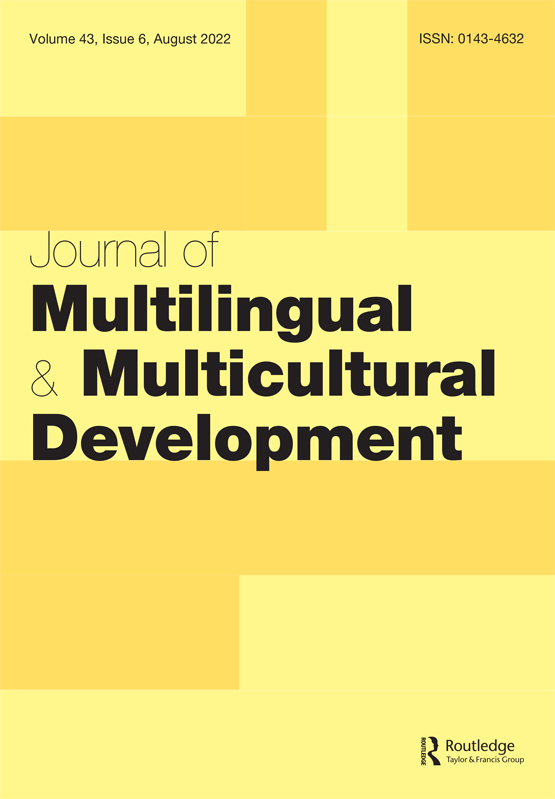

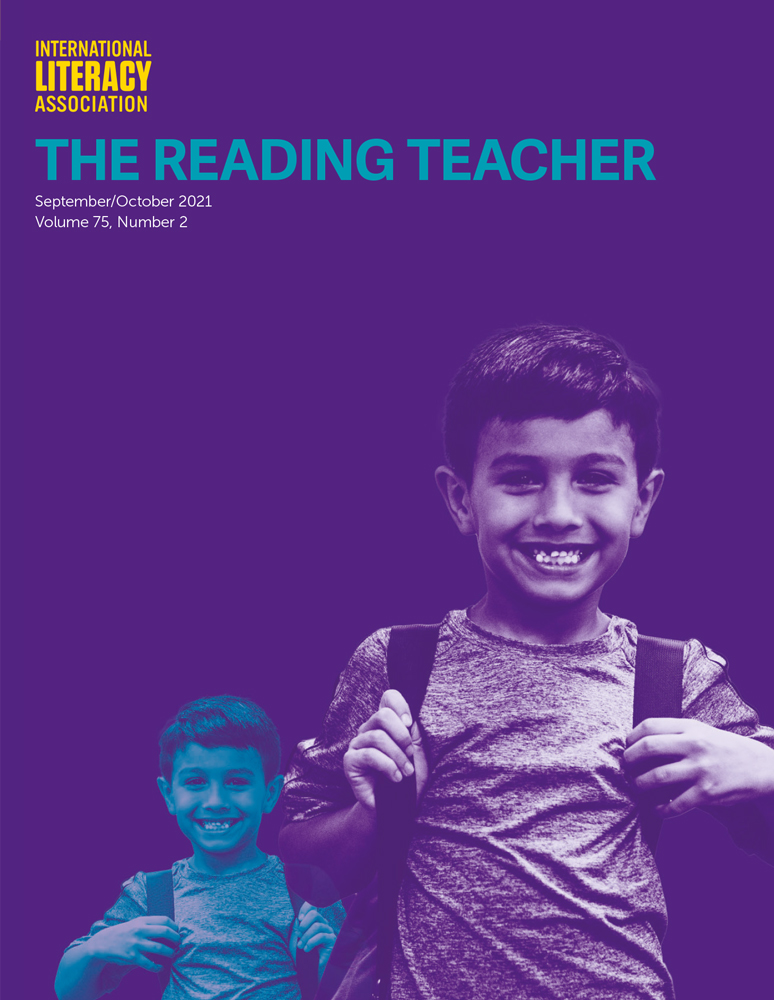

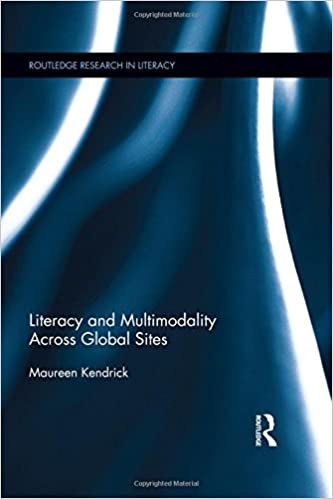
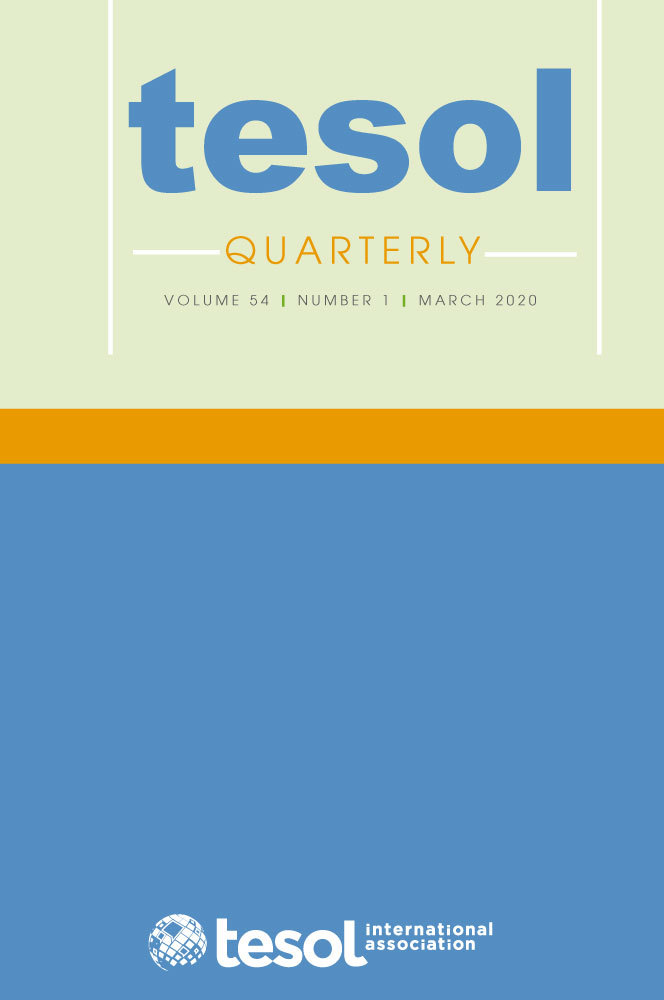
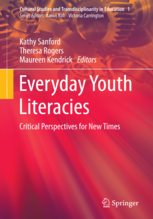

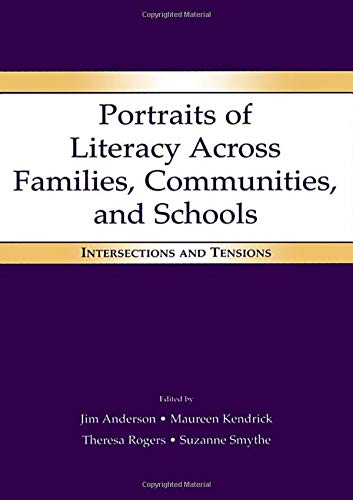
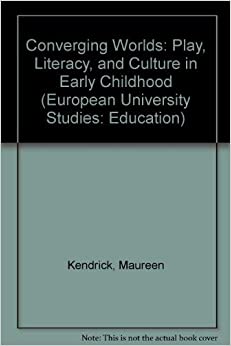
SELECTED JOURNAL ARTICLES AND CHAPTERS
Early, M., Kendrick, M., & Potts, D. (2015). Introduction. Multimodality: Out from margins of English language teaching. TESOL Quarterly, 49(3), 447-460 (guest editors).
*Namazzi, E., & Kendrick, M. (2014). The use of multilingual cultural resources in child-headed households in Uganda. Journal of Multilingual and Multicultural Development, 35(7), 724-737.
Kendrick, M., Early, M., & *Chemjor, W. (2014). Youth literacies in Kenya and Canada: Lessons learned from a global learning network project. In K. Sanford, T. Rogers, & M. Kendrick. Everywhere, everyday: Youth literacies in new times. Springer Publishers.
Kendrick, M., & Rowsell, J. (2013). The visual turn: Transitioning into visual approaches to literacy education. In Susan Elliot-Johns & Daniel Jarvis (Eds.), Perspectives on transitions in schooling and instructional practice (pp. 320-346). Toronto, ON: University of Toronto Press. (26 ms. pages).
*Abiria, D., Early, M., & Kendrick, M. (2013). Plurilingual pedagogical practices in a policy constrained context: A rural Ugandan case study. TESOL Quarterly, 47(3), 567-590.
*Andema, S., Kendrick, M., & Norton, B. (2013). Digital literacy in Ugandan teacher education: Insights from a case study. Reading & Writing, 4(1), 8 pages.
Kendrick, M., Early, M., & *Chemjor, W. (2013). Integrated literacies in a rural Kenyan girls’ secondary school journalism club. Research in the Teaching of English. (Special issue on writing in international contexts), 47(4), 391-419. [article received the NCTE 2013 Alan C. Purves Award]
Rowsell, J., & Kendrick, M. (2013). Boys’ hidden literacies: The critical need for the visual. Journal of Adolescent and Adult Literacy, 56(7), 587-599.
Kendrick, M., Rowsell, J., & *Collier, D. (2013). New literacies in Canadian classrooms: Introduction. Language & Literacy, 15(1).
Kendrick, M., & Kakuru, D. (2012). Funds of knowledge in child-headed households: A Ugandan case study. Childhood: A Journal of Global Child Research, 19(3), 397-413.
Kendrick, M., *Chemjor, W., & Early, M. (2012). ICTs as placed resources in a rural Kenyan secondary school journalism club. Language & Education, 26(4), 297-313.
Kendrick, M. (2011). Playing house: A sideways glance at literacy and identity in early childhood. In K. Pahl & J. Rowsell (Eds.), Major Works in Early Childhood Literacy (pp. 47-69). Sage: Thousand Oaks, CA. [reprint]
Kendrick, M., & McKay, R. (2011). Drawings as an alternative way of understanding young children’s constructions of literacy. In K. Pahl & J. Rowsell (Eds.), Major Works in Early Childhood Literacy (pp. 261-283). Sage: Thousand Oaks, CA. [reprint]
*Mutonyi, H., & Kendrick, M. (2011). Cartoon drawing as a means of accessing what students know about HIV/AIDS: An alternative method.Visual Communication Journal, 10(2), 231-249.
Kendrick, M., Rogers, T., Toohey, K., Marshall, E., *Mutonyi, H., *Hauge, C., Siegel, M., & Rowsell, J. (2010). Experiments in visual analysis: (Re)positionings of children and youth in relation to larger sociocultural issues. In R. T. Jiménez, V. J. Risko, D. Wells Rowe, & M. K. Hundley (Eds.). 59th National Reading Conference Yearbook (pp. 395-408). National Reading Conference.
*Mutonyi, H., & Kendrick, M. (2010). Ugandan students’ visual representations of health literacies: A focus on HIV/AIDS knowledge. In C. Higgins & B. Norton (Eds.), Language and HIV/AIDS (pp. 38-62). Clevedon, UK: Multilingual Matters.
Kendrick, M., *Jones, S., *Mutonyi, H., & Norton, B., (2010). Using drawing, photography, and drama to enhance English language learning in Uganda. In M. Dantas-Whitney & S. Rilling (Eds.), Authenticity in the language classroom and beyond: Children and adolescent learners (pp.181-197). TESOL: Alexandria, VA.
*Andema, S., Kendrick, M., & Norton, B. (2010). ICT, cultural knowledge, and teacher education in Africa. In F. Sudweeks, H. Hrachover, & C. Ess (Eds). Proceedings of the 7th International Conference on Cultural Attitudes Towards Technology and Communication 2010 (pp. 450-457). Murdoch University: Mudoch, Australia.
Kendrick, M., McKay, R., & *Mutonyi, H. (2009). Making the invisible visible: Assessing the visual as spaces of learning. In A. Burke & R. Hammett (Eds.), Assessing new literacies (pp. 55-75). New York, NY: Peter Lang.
Kendrick, M., & McKay, R. (2009). Researching literacy with young children’s drawings. In M. Narey (Ed.), Making meaning: Constructing multimodal perspectives of language, literacy, and learning through arts-based early childhood education (pp. 53-70). New York, NY: Springer.
Kendrick, M. (2009). Taking attendance and other rules of Kindergarten: A child’s perception of school literacy. In L. Iannanni & P. Whitty (Eds.), Early childhood curricula: Reconceptualist perspectives (pp. 197-216). Calgary, AB: Detselig.
*Mutonyi, H., & Kendrick, M. (2009). Ugandan students’ visual representation of HIV/AIDS knowledge. In C. Higgins & B. Norton (Eds.), Applied linguistics in the field: Local knowledge and HIV/AIDS: Vol. Critical language and literacy studies (pp. 38-62). Clevedon, UK: Multilingual Matters.
Kendrick, M., & *Jones, S. (2008). Girls’ visual representations of literacy in a rural Ugandan community. Canadian Journal of Education, 31, 371-402.
Hayden, R., & Kendrick, M. (2008). Understanding emergent literacy. Foundational training in family literacy: Practitioners’ guide. 2nd Ed. National Literacy Secretariat and Centre for Family Literacy Publication.
Reeder, K., Shapiro, J., Early, M., Kendrick, M., & Wakefield, J. (2008). Listening to Diverse Learners: The Effectiveness and Appropriateness of a Computer-based Reading Tutor for Young Canadian Language Learners. Handbook of research on computer-enhanced language acquisition and learning. Hershey, PA: IGI.
Kendrick, M., & *Mutonyi, H. (2007). Meeting the Challenge of Health Literacy in Rural Uganda: The Critical Role of Women and Local Modes of Communication. Diaspora, Indigenous, and Minority Education, 1(4), 265-283.
Kendrick, M., & Hissani, H. (2007). Letters, literate identities, and imagined communities: Perspectives from rural Ugandan women. Journal of Literacy Research, 39(2), 195-216.
Kendrick, M., *Jones, S., *Mutonyi, H., & Norton, B.(2006). Multimodal pedagogies in English language learning in rural Uganda. English Studies in Africa, 49(1), 95-114.
Kendrick, M. (2005). Let’s play teacher: A child’s perceptions of school literacy. Scientia Paedagogica Experimentalis, XLI(2), 175-190.
Kendrick, M. (2005). Playing house: A sideways glance at literacy and identity in early childhood. Journal of Early Childhood Literacy, 5(1), 5-28.
Kendrick, M., McKay, R., & *Moffatt, L. (2005). The performance of self in children’s drawings of home, school and community literacies. In J. Anderson, M. Kendrick, T. Rogers, & S. Smythe (Eds.), Portraits of literacy across families, communities, and schools: Intersections and tensions (pp. 185-204). New Jersey: Lawrence Erlbaum.
Kendrick, M., Rogers, T., *Smythe, S., & Anderson, J. (2005). Portraits of literacy: An introduction. In J. Anderson, M. Kendrick, T. Rogers, & S. Smythe (Eds.), Portraits of literacy across families, communities, and schools: Intersections and tensions (pp. 1-17). New Jersey: Lawrence Erlbaum.
Reeder, K., Shapiro, J., Early, M., Kendrick, M., & *Wakefield, J. (2005). The role of L1 in young multilingual readers’ success with a computer-based reading tutor. Conference proceedings: Fifth international seminar on bilingualism (ISB5). Barcelona, Spain.
Kendrick, M., & McKay, R. (2004). Drawings as an alternative way of understanding young children’s constructions of literacy. Journal of Early Childhood Literacy, 4(1), 109 – 128.
Kendrick, M., & McKay, R. (2003). Revisiting children’s images of literacy. Language & Literacy, 5(1), 1 – 17.http://educ.queensu.ca/~landl/index.htm.
Kendrick, M., Anderson, J., *Smythe, S., & McKay, R. (2003). What images of family literacy reveal about family literacy practices and family literacy programs. In C. Fairbanks, J. Worthy, B. Maloch, J. Hoffman, & D. Schallert (Eds.), National Reading Conference Yearbook: Vol. 52 (pp. 245-271). Oak Creek, Wisconsin: National Reading Conference, Inc.
Goelman, H., Anderson, C.J., Anderson, J., Gouzouasis, P., Kendrick, M., Kindler, A., Porath, M., & Koh, J. (2003). Early childhood education. In W.M. Reynolds & G.E. Miller (Eds.), Comprehensive handbook of psychology: Vol. 7. Educational Psychology (pp. 285-331). New York: John Wiley & Sons.
Kendrick, M., & McKay, R. (2002). Uncovering literacy narratives through children’s drawings: An illustrative example. Canadian Journal of Education, 27(1), 45-60.
Hayden, R., & Kendrick, M. (2002). Understanding emergent literacy. Foundational training in family literacy: Trainers’ guide. National Literacy Secretariat and Centre for Family Literacy Publication.
McKay, R., & Kendrick, M. (2001). Images of literacy: Young children’s drawings about reading and writing. Canadian Journal of Research in Early Childhood Education, 8(4), 7-22.
McKay, R., & Kendrick, M. (2001). Children draw their images of reading and writing. Language Arts, 78(6), 529-533.
Parrila R.K., Das, J.P., Kendrick, M., E., Papapoulos, T.C., & Kirby, J. (2000). Efficacy of cognitive reading remediation program for at-risk children in grade 1. Journal of Cognitive Education and Psychology, 1(2), 114-139.